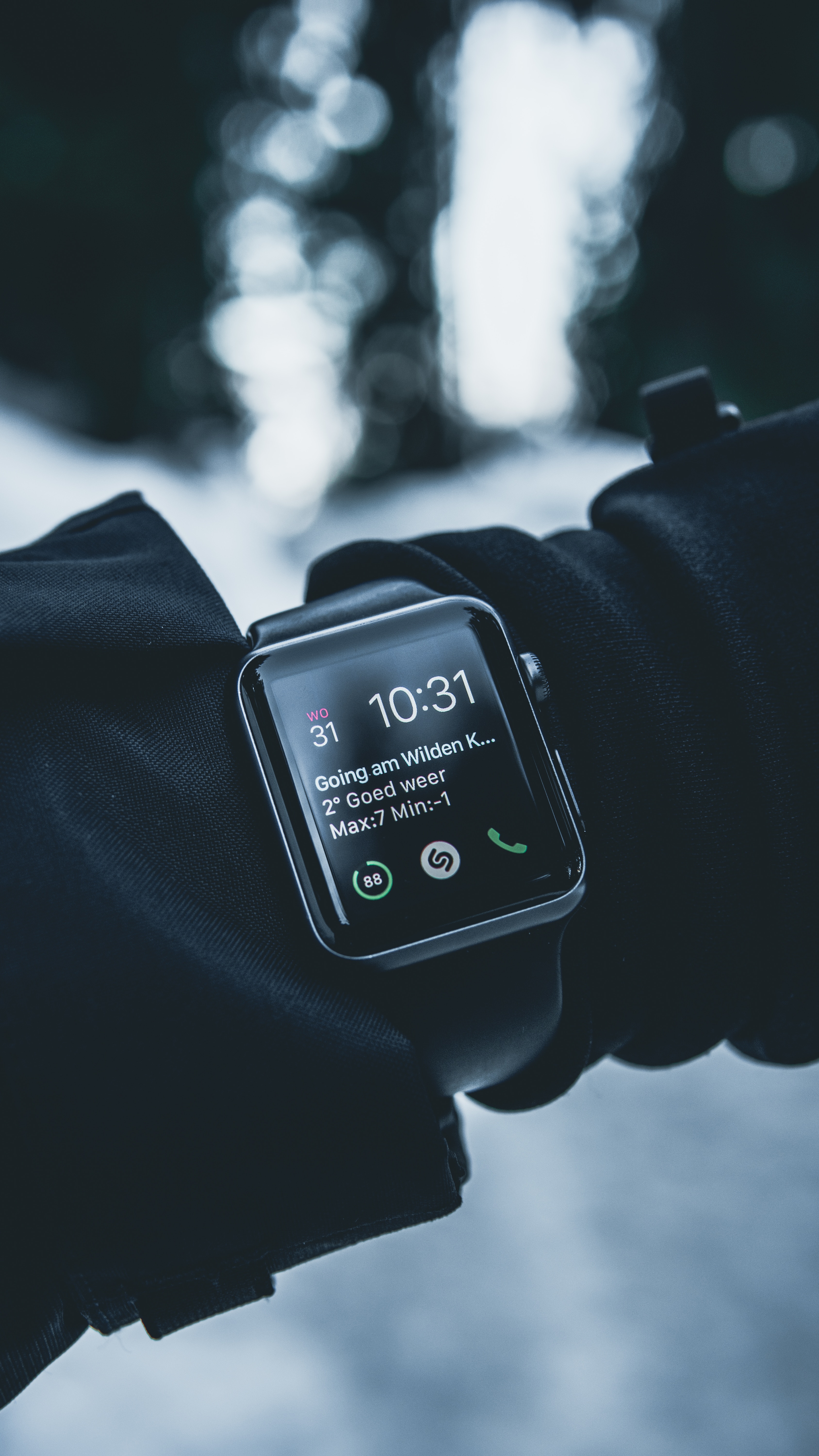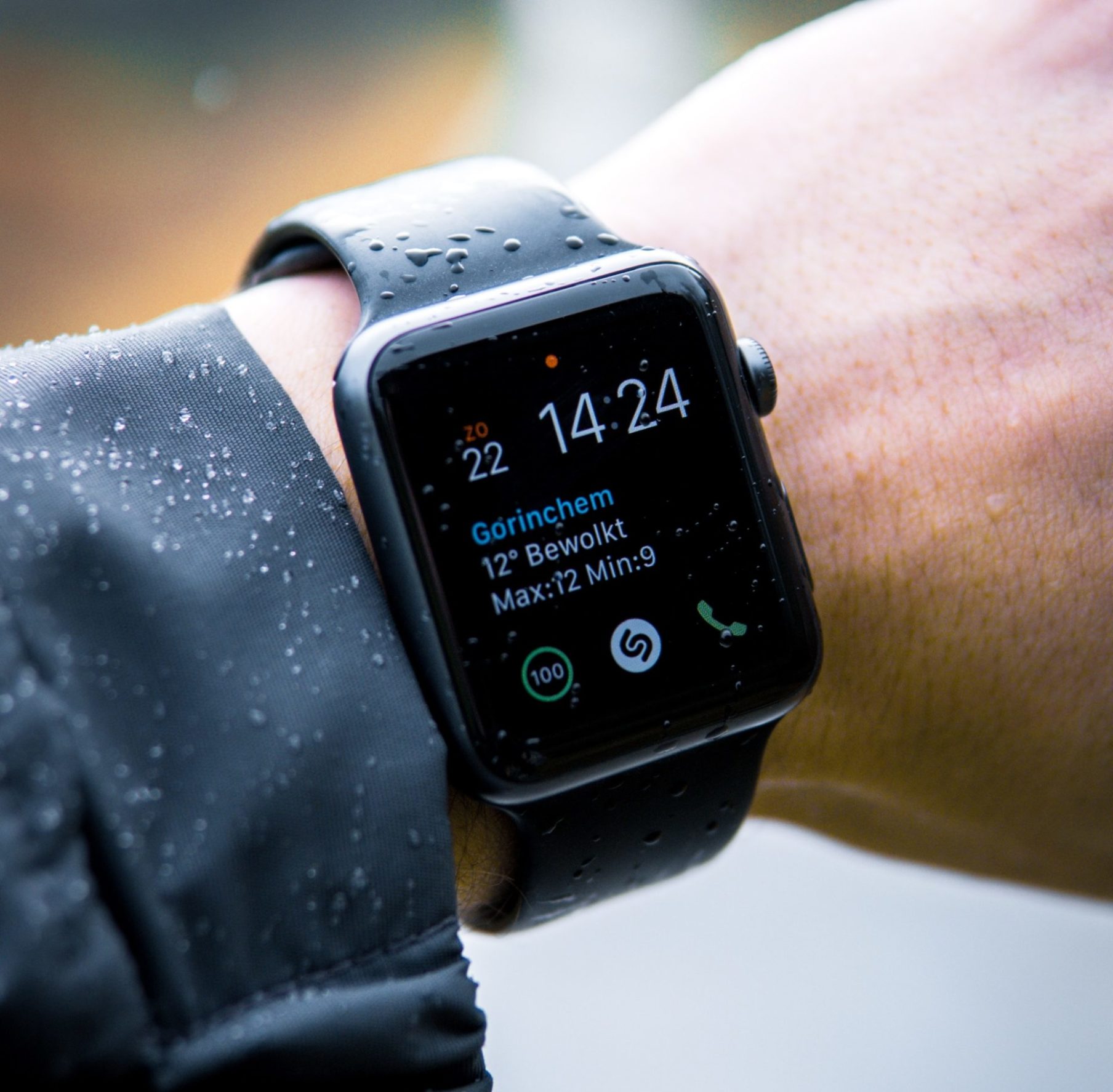Remote care medical technology—like wearables—is becoming more necessary, accepted and useful for older adults who are aging in place.
Boomers are the first generation to live well into old age with a number of potentially fatal illnesses that would have cut their lives short not too long ago. Thanks to modern medicine, dangerous conditions like high blood pressure, heart disease and diabetes can be controlled to the point where millions of older adults are living decades beyond the lifespans of their parents and grandparents.

In fact, reaction to multiple medications, or polypharmacy is one of the most common causes of increased fall risk in older people. Combine that with the fact that 87% of adults 65 and older want to stay in their current home and community as they age, and falls could spell disaster for the millions of boomers living at home.
As a result, affordable, user-friendly fall-prevention solutions have become paramount to maintaining quality of life and independence for seniors.
At the recent What’s Next Boomer Business Summit in New Orleans, Sheri Rose, Executive Director of Thrive Center,
led a panel discussion on emerging trends in tech solutions for medical issues. Recognizing that mobility is the key to independent living, panelists focused on wearable med-tech as an easy-to-use solution to prevent falls.
Quality Independent Living Through Wearables
Many wearables measure the user’s manner of walking as a key indicator for predicting falls. When the device detects a change in gait, it alerts the users that they may be headed for a fall. With early detection comes the ability to take preventative measures such as evaluating medications or getting more exercise to increase strength and balance.
Wearable technology has come a long way from the days when Life Alert was the only option. Unlike the big alert buttons that hang around the neck, which many refused to use, today’s wearables no longer carry the stigma of vulnerability. This is in large part due to the recent popularity of lifestyle wearables like Apple Watch and Fitbit, which have become ubiquitous with the general population.
Older adults can now access wearables at a variety of price points that offer unprecedented insights into health and well-being. The latest suite of wearable technology is making living a healthy, safe, high-quality life at home obtainable in the short and long term. In addition to gait and fall prevention, these products now measure heart rate, blood pressure, oxygen levels and sleep rhythms.
“Just three risk factors – having some balance issues, strength deficits, and being on four or more medications – can predict nearly 100 % that someone will have a fall within a year,” said panelists, Dr. Tony Brosky, Jr., Professor and Dean of the School of Movement and Rehabilitation Sciences, Bellarmine University.
For many older adults, wearables will be their first introduction to smart technology–but panelists predicted they will play an ever more important role in allowing aging adults to stay in their homes and communities. As Boomers head into their later years and seek to remain mobile, remote care and alert systems will become commonplace.


